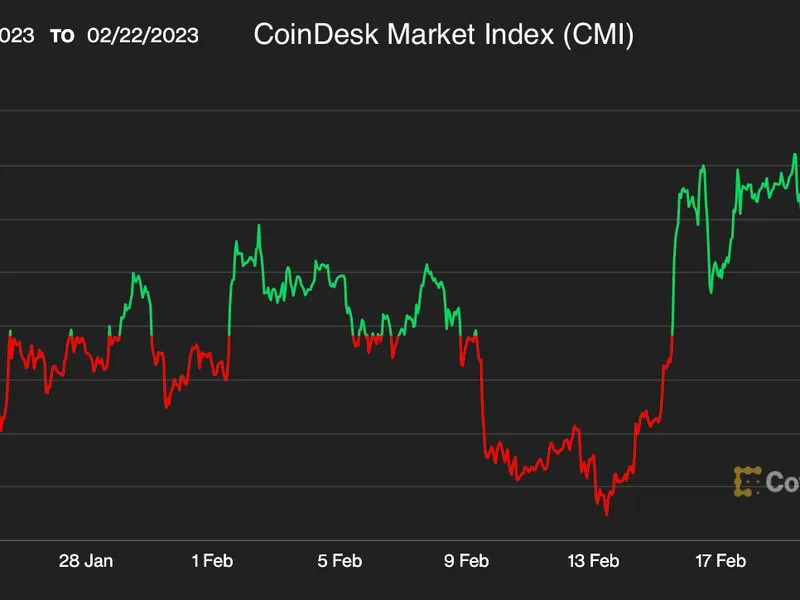WAR? WHAT WAR?
Indian PM Modi urges G20 to focus on unsustainable debt
Thu, February 23, 2023
MUMBAI (Reuters) -The financial viability of many countries is being threatened by unsustainable debt, India's Prime Minister Narendra Modi said on Friday, as he called for the Group of 20 (G20) to focus on the world's most vulnerable citizens.
Trust in international financial institutions has eroded, partly because the lenders had been slow to reform themselves, Modi said in a video message at the beginning of a two-day meeting of G20 finance ministers and central bank governors.
"Food and energy security have become major concerns across the world. Even the financial viability of many countries is threatened by unsustainable debt levels," Modi said.
The meeting at a hill resort on the outskirts of the tech hub of Bengaluru is the first major event of India's G20 presidency and coincided with the first anniversary of Russia's invasion of Ukraine, which Modi alluded to.
"We are also witnessing rising geo-political tensions in different parts of the world. There are disruptions in global supply chains. Many societies are suffering due to rising prices," Modi said in his address to delegates.
India's presidency of the bloc comes as neighbouring South Asian countries Sri Lanka, Bangladesh and Pakistan have been seeking bailouts from the International Monetary Fund (IMF) due to an economic slowdown caused by the COVID-19 pandemic and the Ukraine conflict.
Reuters reported last week that India is drafting a proposal for G20 countries to help debtor nations by asking lenders, including China, the world's largest sovereign creditor, to take a large haircut, or accept losses, on loans.
(Reporting by Swati Bhat and Shilpa Jamkhandikar; editing by Sudipto Ganguly, Robert Birsel)
Modi urges G20 finance leaders to focus on 'most vulnerable'

Indian Prime Minister Narendra Modi addresses media on the opening day of the Parliament's budget session, in New Delhi, India, Jan. 31, 2023. Policymakers of the Group of 20 leading economies should focus on helping the world's most vulnerable people, Prime Minister Narendra Modi said Friday, Feb. 24, 2023 as top-level financial talks kicked off in the Indian technology hub of Bengaluru.
(AP Photo/Manish Swarup, File)
SIBI ARASU
Thu, February 23, 2023
BENGALURU, India (AP) — Policymakers of the Group of 20 leading economies should focus on helping the world's most vulnerable people, Prime Minister Narendra Modi said Friday as top-level financial talks kicked off in the Indian technology hub of Bengaluru.
“You represent the leadership of global finance and economy at a time when the world is facing serious economic difficulties," Modi said in a video address to the finance ministers, central bank governors and other leaders attending the meetings, which wrap up Saturday.
“It is up to you, the custodians of the leading economies and market systems ... to bring back stability, confidence and growth to the global economy," he said.
As countries deal with slew of challenges in the aftermath of the pandemic, including unsustainable debt, conflict, inflation and eroding trust in international financial institutions, Modi said, “I urge you to focus on the most vulnerable people in the world."
The meetings in Bengaluru are due to touch on a wide range of issues including digital currencies and payments, reform of institutions like the World Bank, climate change and financial inclusion.
Multiple meetings between various leaders were also scheduled, including talks between U.S. and British officials and meetings of India’s finance minister, Nirmala Sitharaman, with her counterparts from France and Brazil.
As is usually the case, broader issues such as the war in Ukraine are overshadowing the talks.
On Thursday, U.S. Treasury Secretary Janet Yellen reaffirmed she would push for stronger sanctions against Russia for its invasion of Ukraine and better enforcement of restrictions meant to hinder Moscow's war effort.
The G-20 meetings offer a chance for leaders to consider how to coordinate their policies: many central banks including the U.S. Federal Reserve have been raising interest rates sharply to try to rein in decades-high inflation brought on by various factors including the war and rebounding demand for travel, goods and services following the COVID-19 pandemic.
With increases in income lagging far behind, rising costs for food, housing, fuel and fertilizer impose huge burdens, especially on the poor and in developing nations, where debt burdens have surged both at the national and household levels.
As the G-20 host this year, India is taking the opportunity to showcase its ascent as an economic power.
Modi suggested the gathering could “draw hope from the vibrant Indian economy," which is forecast to grow at a more than 6% annual pace this year, making it one of the fastest growing in the world. He also pointed to the country’s digital payments technology as a model to be emulated.
SIBI ARASU
Thu, February 23, 2023
BENGALURU, India (AP) — Policymakers of the Group of 20 leading economies should focus on helping the world's most vulnerable people, Prime Minister Narendra Modi said Friday as top-level financial talks kicked off in the Indian technology hub of Bengaluru.
“You represent the leadership of global finance and economy at a time when the world is facing serious economic difficulties," Modi said in a video address to the finance ministers, central bank governors and other leaders attending the meetings, which wrap up Saturday.
“It is up to you, the custodians of the leading economies and market systems ... to bring back stability, confidence and growth to the global economy," he said.
As countries deal with slew of challenges in the aftermath of the pandemic, including unsustainable debt, conflict, inflation and eroding trust in international financial institutions, Modi said, “I urge you to focus on the most vulnerable people in the world."
The meetings in Bengaluru are due to touch on a wide range of issues including digital currencies and payments, reform of institutions like the World Bank, climate change and financial inclusion.
Multiple meetings between various leaders were also scheduled, including talks between U.S. and British officials and meetings of India’s finance minister, Nirmala Sitharaman, with her counterparts from France and Brazil.
As is usually the case, broader issues such as the war in Ukraine are overshadowing the talks.
On Thursday, U.S. Treasury Secretary Janet Yellen reaffirmed she would push for stronger sanctions against Russia for its invasion of Ukraine and better enforcement of restrictions meant to hinder Moscow's war effort.
The G-20 meetings offer a chance for leaders to consider how to coordinate their policies: many central banks including the U.S. Federal Reserve have been raising interest rates sharply to try to rein in decades-high inflation brought on by various factors including the war and rebounding demand for travel, goods and services following the COVID-19 pandemic.
With increases in income lagging far behind, rising costs for food, housing, fuel and fertilizer impose huge burdens, especially on the poor and in developing nations, where debt burdens have surged both at the national and household levels.
As the G-20 host this year, India is taking the opportunity to showcase its ascent as an economic power.
Modi suggested the gathering could “draw hope from the vibrant Indian economy," which is forecast to grow at a more than 6% annual pace this year, making it one of the fastest growing in the world. He also pointed to the country’s digital payments technology as a model to be emulated.













.jpg)










